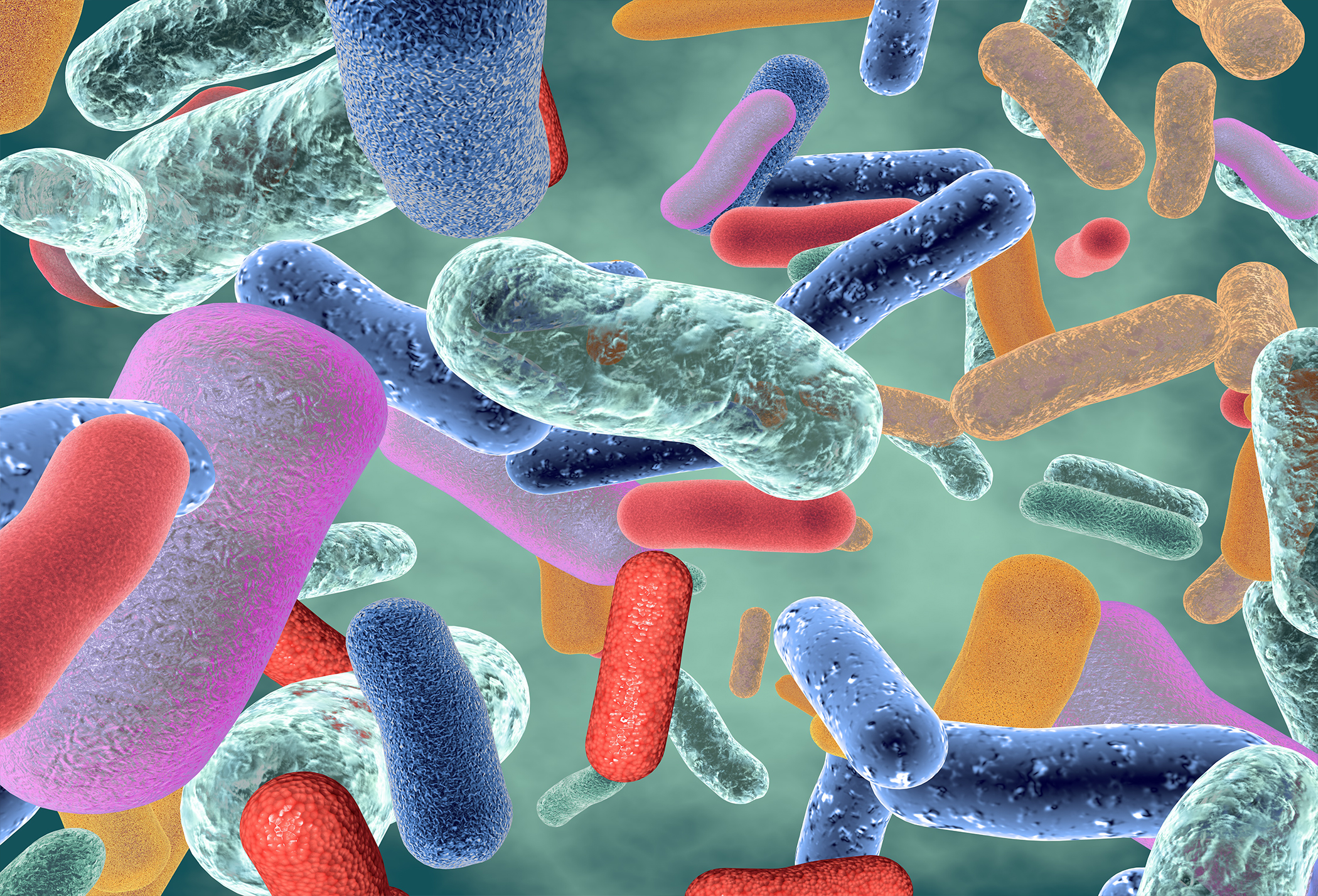A Deep Dive Into 3 Key Strains
By Jamie Bussin, featuring Dr. Krista Mackay ND
In a world where gut health is increasingly linked to overall wellness, probiotics have taken centre stage. While many people are familiar with the general idea of probiotics, fewer understand the specific strains and how they function within the body. In Episode #234 of The Tonic Talk Show/Podcast, I spoke with naturopath Dr. Krista Mckay ND about the powerful effects of specific probiotic strains and their importance across different life stages.
The Power of Bifidobacteria
Bifidobacteria are a well-known family of bacteria that mainly colonize the large intestine. Bifidobacteria are crucial for digesting dietary fibre and converting it into short-chain fatty acids (SCFAs). These SCFAs serve as energy sources and help protect the intestinal barrier. Perhaps most importantly, bifidobacteria modulate the immune system—calming it in autoimmune conditions and boosting it to fight infections. They also play a key role in managing allergies and gastrointestinal disorders such as irritable bowel syndrome (IBS) and inflammatory bowel disease (IBD).
Bifidobacterium Infantis: The Baby Bacteria with Big Benefits
Bifidobacterium infantis, is a subspecies of Bifidobacterium longum. As the name suggests, it plays a foundational role in early life, particularly in breastfed infants. This strain excels at breaking down human milk oligosaccharides—complex sugars in breast milk that other bacteria cannot digest. Not only does it dominate the infant gut, but it also supports the growth of other beneficial bacteria.
B. infantis seals the gaps in a newborn’s intestinal lining, which is initially more permeable. This “tightening” of the gut wall supports healthy immune system development and can reduce the risk of conditions like leaky gut and chronic inflammation later in life. For adults, supplementing with B. infantis may help repair gut permeability and reduce inflammation—making it useful for people with autoimmune conditions, skin issues like eczema, or those born in an era when breastfeeding was less common.
Lactobacillus Reuteri: The Vanishing Bacteria
Lactobacillus reuteri, is one of the most studied probiotic strains. Discovered in the 1960s, L. reuteri has been mysteriously disappearing from Western populations. While it was once commonly found in the digestive tracts of North Americans, it is now largely absent, as shown in studies comparing people in the U.S. to isolated communities in Papua New Guinea. Diet, sanitation, and widespread antibiotic use are likely to blame for this decline.
L.reuteri plays a major role in fighting inflammation and supporting gut health. Its disappearance parallels a rise in inflammatory diseases such as colitis and rheumatoid arthritis, suggesting a possible connection. This strain is another example of a “human strain”—meaning it originally came from the human digestive tract, making it more likely to colonize effectively when taken as a supplement.
Should You Look for Specific Strains?
When choosing a probiotic, Krista typically recommends broad-spectrum formulas that contain multiple strains. However, she emphasizes that B. infantis and L. reuteri are “superhero” strains worth considering individually, especially for people dealing with leaky gut, inflammation, or skin issues.
For parents, she pointed out the importance of these strains for children—particularly preterm infants or those not breastfed. Supplementing with these specific probiotics can help fill critical gaps in early gut development.
Are Billions of Bacteria Too Much?
Although probiotic capsules often boast billions of colony-forming units (CFUs), these numbers are relatively small compared to the trillions of bacteria already living in the gut. The small intestine alone may host 10 to 100 billion bacteria, while the colon holds trillions. Most supplemental probiotics are transient—they pass through the system while providing benefits—but human strains like L. reuteri and B. infantis have a better chance of colonizing and staying longer.
Food vs. Supplements: What’s the Best Source?
Fermented foods like yogurt, kimchi, and sauerkraut can be good sources of probiotics, but Krista cautioned that pasteurization often kills beneficial bacteria. Homemade or unpasteurized fermented foods are best, but even then, the bacterial counts are often in the millions—not the billions you’d get from a high-quality supplement.
Krista recommends taking probiotics with or shortly after meals, as food helps buffer stomach acid and offers prebiotic fibre to feed the bacteria. Some capsules are enteric-coated, meaning they are acid-proof and only dissolve in the small intestine—ideal for maximizing survival of the bacteria.
Understanding Strains: Human, Dairy, and Plant
What is the difference between human, dairy, and plant strains of probiotics? These names reflect where the strains were first isolated. While some people with milk allergies may worry about dairy strains, these bacteria don’t actually contain dairy—they were just originally cultured from dairy. For most people, including those who are lactose intolerant, dairy strains are completely safe.
In summary, specific bacteria strains support our gut, immune system, and overall health—from birth to adulthood. While general probiotic blends can be helpful, strains like Bifidobacterium infantis and Lactobacillus reuteri stand out for their targeted therapeutic benefits. As we continue to understand more about the human microbiome, it’s clear that nurturing our gut bacteria—through food, lifestyle, and supplementation—can have lasting health impacts.




